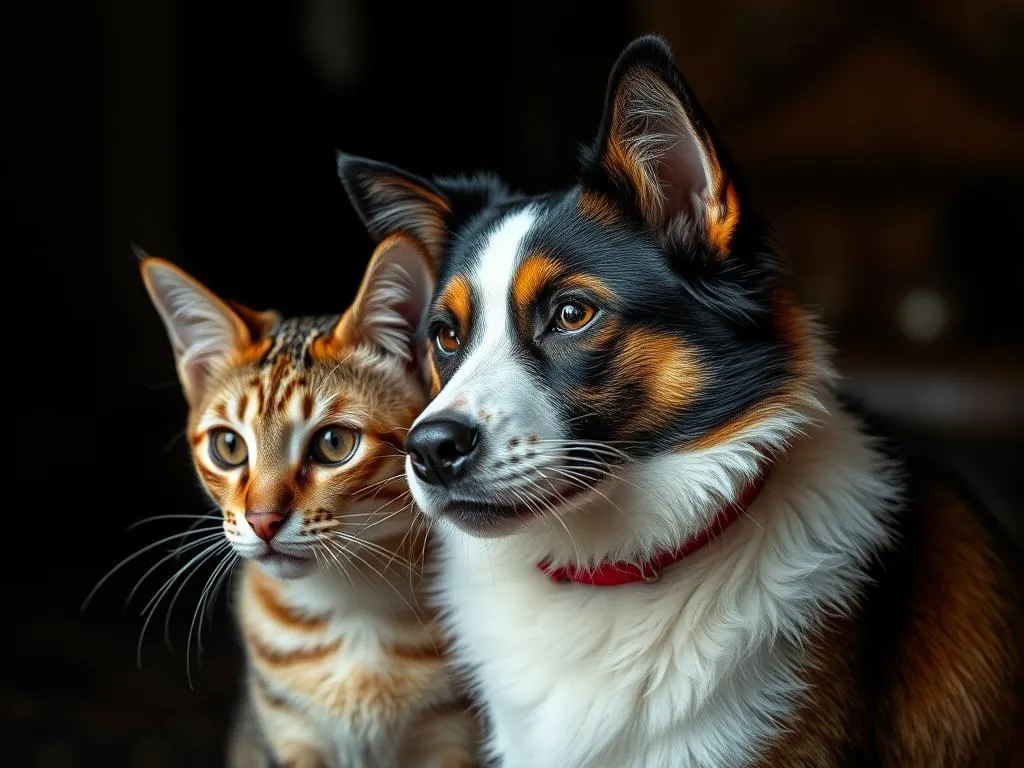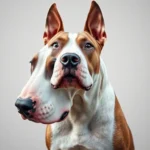
Introduction
The domestication of animals has played a pivotal role in shaping human history, impacting our societies, cultures, and lifestyles. Among the most beloved of domesticated animals are dogs and cats, both of which have found cherished places in our homes. But a fascinating question remains: were dogs or cats domesticated first? Understanding the timelines of their domestication not only satisfies our curiosity but also deepens our appreciation for these companions. As we delve into this topic, we will explore the history of domestication, the processes involved for both species, and their cultural significance throughout the ages.
The History of Domestication
Definition of Domestication
Domestication refers to the process by which wild animals are adapted to live alongside humans, leading to genetic, behavioral, and physical changes. This transformation is distinct from taming, which involves training an individual animal to behave cooperatively with humans. While taming can occur within a single generation, domestication spans many generations and results in a stable population of animals that rely on humans for survival.
The Role of Humans in Domestication
Humans have played a critical role in the domestication of animals by providing food, shelter, and protection. In return, domesticated animals have offered companionship, utility, and assistance in various tasks. This mutually beneficial relationship has fostered deep bonds between humans and animals, setting the stage for the domestication of species like dogs and cats.
The Domestication of Dogs
Origins of Dogs
The journey of dogs began with their ancestors, the gray wolves. Genetic studies suggest that dogs were domesticated between 20,000 to 40,000 years ago, making them one of the first domesticated animals. Archaeological evidence, such as dog remains found alongside human remains in burial sites, indicates that the bond between humans and dogs was formed early on.
The Process of Dog Domestication
The domestication of dogs was largely influenced by selective breeding and human interaction. Early humans recognized the benefits of having wolves that could assist in hunting and provide protection. Over time, those wolves that exhibited less aggression and more sociability were favored, leading to a new species: the dog. This process not only shaped the physical characteristics of dogs but also their behavior, making them more attuned to human emotions and commands.
Genetic Studies and Findings
Recent genetic studies have shed light on the ancestry of dogs, revealing that they share a closer relationship with certain wolf populations than previously thought. These findings underscore the importance of understanding the genetic diversity among dog breeds and how human choices in breeding have influenced these changes.
The Domestication of Cats
Origins of Cats
The domestication of cats began around 9,000 years ago in the Near East. Unlike dogs, which were actively bred by humans, cats largely chose to live alongside humans. The wildcat ancestor, the African wildcat, was attracted to human settlements due to the presence of rodents, which were drawn to stored grains. This mutually beneficial arrangement led to the gradual domestication of cats.
The Process of Cat Domestication
Cats displayed a more independent route to domestication. While they provided pest control for human settlements, their wild instincts remained intact. This contrasts sharply with dogs, which underwent significant behavioral changes due to selective breeding. The relationship between humans and cats has always been more about coexistence than reliance; cats maintained their autonomy while still integrating into human life.
Genetic Studies and Findings
Genetic research on cats has revealed fascinating insights into their domestication. Studies indicate that while domestic cats share a lineage with wildcats, they have developed unique traits that distinguish them from their wild ancestors. Understanding these genetic differences helps us appreciate the complexities of cat behavior and their adaptation to domestic life.
Comparative Analysis of Domestication Timelines
Timeline of Dog Domestication
- 20,000 – 40,000 years ago: Estimated time frame for the domestication of dogs.
- 14,000 years ago: Evidence of dogs buried with humans, indicating their role as companions.
- 3,000 years ago: The emergence of distinct dog breeds in various cultures.
Timeline of Cat Domestication
- 9,000 years ago: Initial domestication of cats in the Near East.
- 7,000 years ago: Evidence of cat remains found in human settlements.
- 2,000 years ago: Cats spread to Europe and Asia, further integrating into human life.
Who Came First?
When analyzing the evidence, it becomes clear that dogs were domesticated first. The timeline indicates that dogs were by humans’ sides thousands of years before cats began their journey towards domestication. While both species have significantly impacted human culture and society, the early bond formed with dogs set a precedent for human-animal relationships.
Cultural Significance and Impact
The Role of Dogs in Cultures
Throughout history, dogs have been revered in various cultures. In ancient Egypt, they were considered sacred, often associated with the goddess Bastet. In many indigenous cultures, dogs served as loyal companions and hunting partners. Their roles have evolved over time, and today, dogs are celebrated as family members and service animals.
The Role of Cats in Cultures
Cats have also held a significant place in cultural narratives. In ancient Egypt, they were worshipped and often mummified alongside their owners. The perception of cats has varied, with some cultures viewing them as symbols of good luck while others associated them with superstition. Today, cats are beloved as household pets and internet sensations, embodying a blend of independence and companionship.
The Evolution of Human-Animal Relationships
The domestication of both dogs and cats has profoundly transformed human society. These animals have not only served practical purposes but have also enriched our emotional lives. The bond we share with pets reflects a complex interplay of affection, loyalty, and companionship that continues to evolve.
Modern Implications of Domestication
The Evolution of Breeds
Domestication has led to the development of diverse breeds in both dogs and cats. Selective breeding practices have resulted in a vast array of breeds, each with unique characteristics and traits. This diversity showcases the incredible adaptability of both species to human preferences and environments.
Impact on Pet Ownership Today
Understanding the histories of domestication enhances our relationship with pets today. As pet ownership trends shift, it remains essential to recognize the origins of our companions. The bond between humans and their pets continues to grow, with many people viewing their dogs and cats as integral members of their families.
The Future of Domestication
Looking forward, the future of domestication may be shaped by ethical considerations surrounding breeding practices and animal welfare. As society becomes more aware of the complexities of domesticated animals’ lives, there may be a growing push towards responsible breeding and adoption practices that prioritize health and temperament over aesthetics.
Conclusion
In exploring the question of whether dogs or cats were domesticated first, it becomes evident that dogs hold the title as the first domesticated animals. This knowledge not only informs our understanding of these beloved pets but also enriches our appreciation for the deep and complex relationships we share with them. As we continue to navigate the modern landscape of pet ownership, reflecting on the history of our companions can foster a deeper connection and responsibility towards their well-being. Understanding the domestication of dogs and cats reveals much about our shared history and the ongoing evolution of human-animal relationships.









